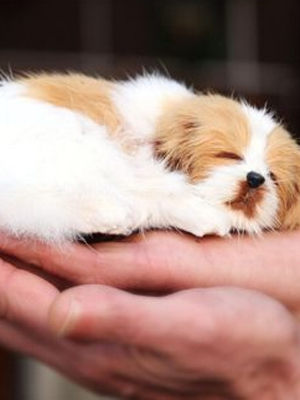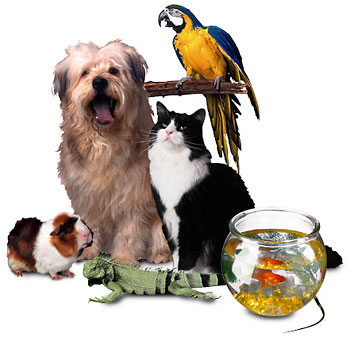In 1908, after finishing the Arts and Craftsmanship School, he entered the Belles-Arts Academy in Bucharest, where he studied with Professors sculptors Franz Storck and Dimitrie Paciurea. For accomplishing his studies, he went to Paris, at the Julian Academy, to become Bourdelle's apprentice. He was Grand Prize winner at the Paris Exhibition in 1937 and at the Barcelona Exhibition, and recipient of National Prize for Sculpture (1941) and State Prize (1957). In 1957 he became People's Artist. He was member of the Romanian Academy. From 1956 to 1968 he was acting president of the Artists' Union, to become then Honorary President of the same Union.
Dragoş-Vodă and the Auroch
He worked monuments, statues, busts, reliefs and bas-reliefs. His vision sprang from an exaltation of form through observing reality - mainly the human face - and from an inclination to assimilate ancient mythology - induced fantastic morphologies. He created highly evoking statues of personalities (Spiru Haret and George Enescu in Bucharest), rulers' statues of a romantic look (Decebal at Deva; Mircea the Old at Tulcea); the Monument of Railways Heroes, co-worked with sculptor Cornel Medrea; the Emperor and Proletarian reliefs; the Union Obelisk reliefs at Focşani or allegorical representations (Hercules Fighting the Centaur in Herăstrău Park in Bucharest; Pegas, etc.).
Pegas
Jalea's sculptures, either evoking or romantic, are all ethically motivated: to glorify historical events or personalities, to emphasize moral conduct. He escaped simple illustration which subjects of this kind always invited. His monuments and reliefs obey the classical laws of moderation and harmony, of the proper measure of dynamical elements - gestures, upward and downward diagonals, to create a coherent and static work of art.
Archer resting
There is a fine touch over humans, horses (in equestrian statues), imaginary and mythological creatures. They seem to suffer slow vibrations and be light shed. Pictorial draping effects make the anatomical forms transparent. Archer resting, his most representative work, is the best expression of his talent: a perfect blend of real and allegorical strata, and a perfect knowledge of reconciliation of dynamical and statical strain.
From romania.ici.ro.















No comments:
Post a Comment